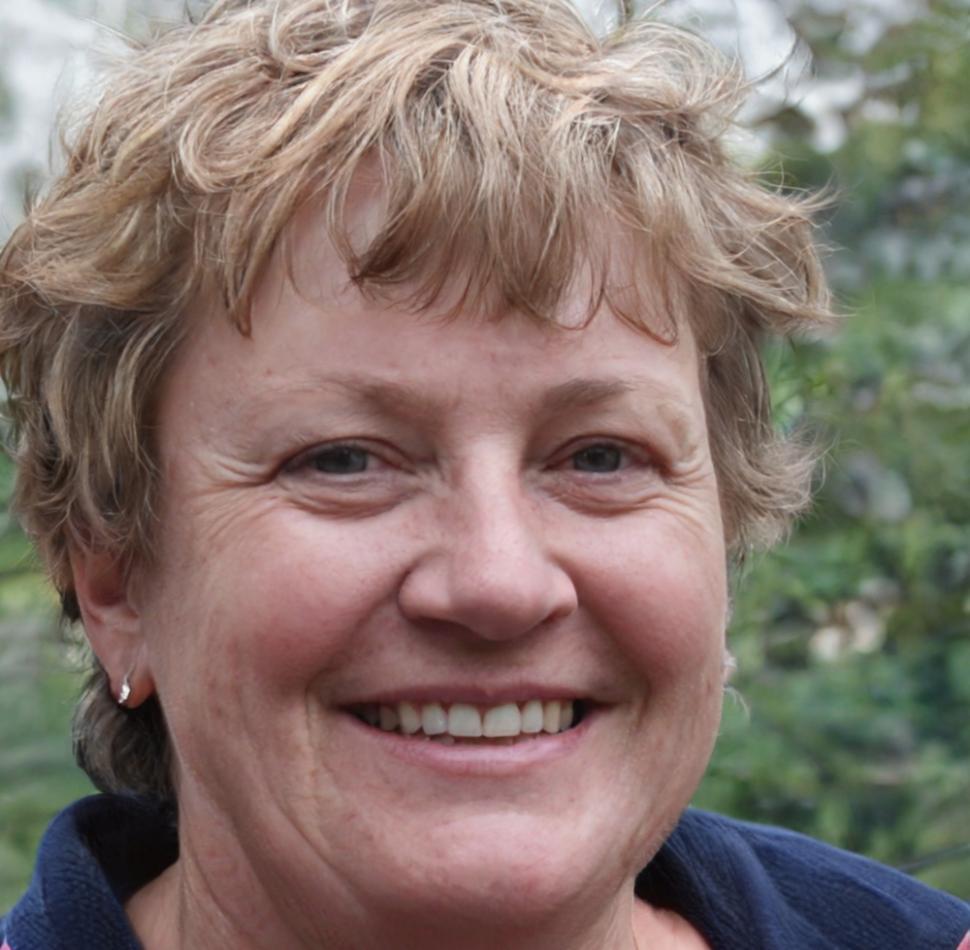Learn From Current Practitioners
Our instructors work in the field every day. They bring
current challenges and recent solutions into the classroom, so you're learning methods
that actually work in today's business environment.
Fioravante Castellanos
Senior Financial Analyst • 12 years experience across
mining and retail sectors
"The best forecasting models are the ones your clients
actually understand and trust. That's what we focus on teaching – practical accuracy
that builds business relationships."
Meet Our Team




